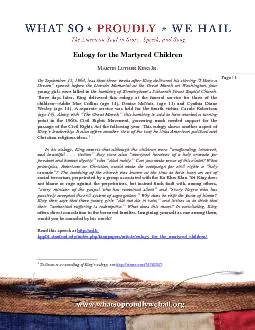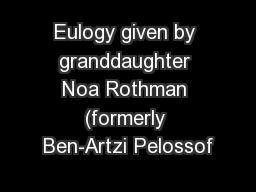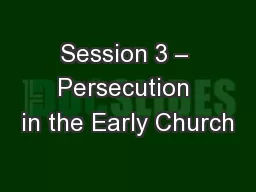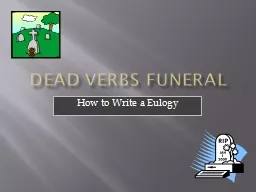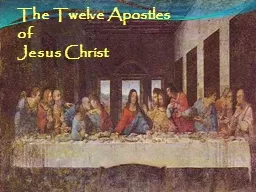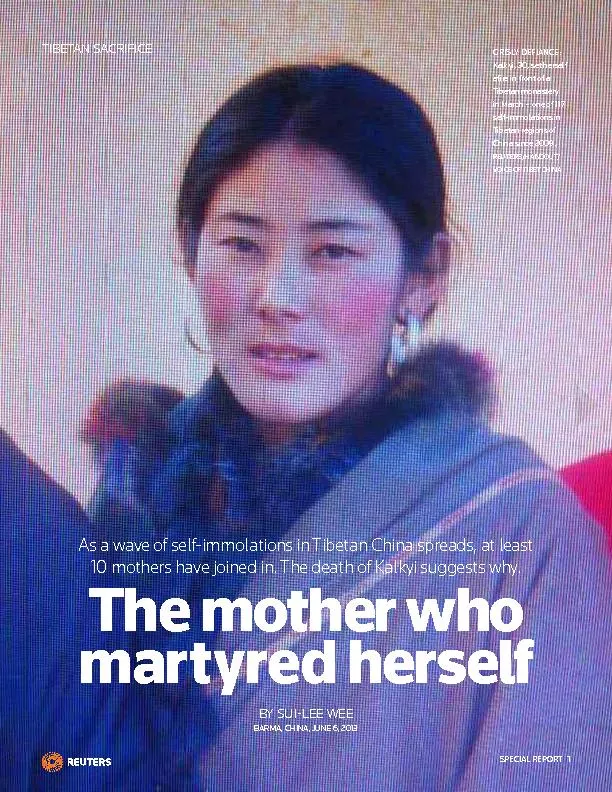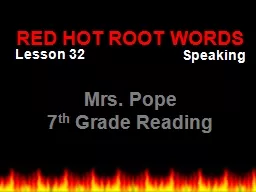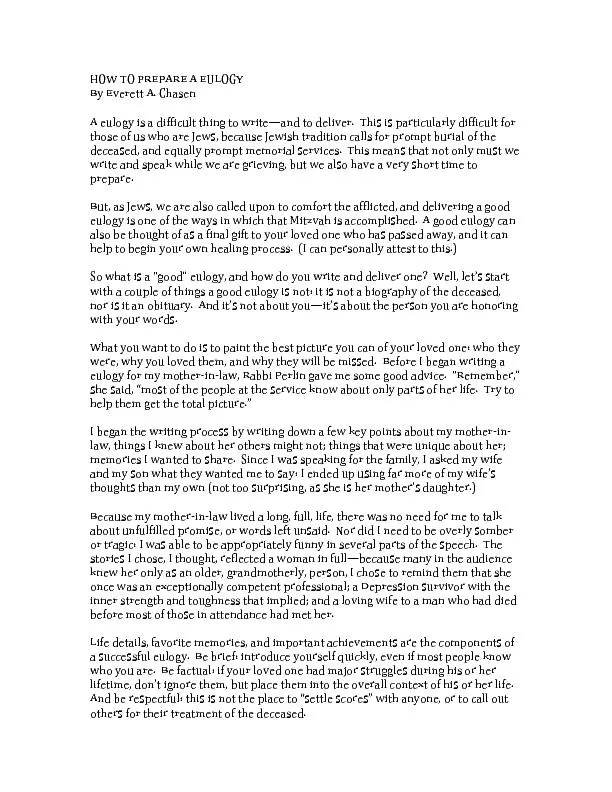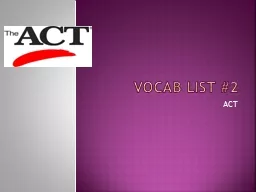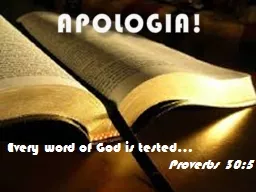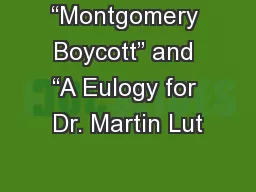PDF-Eulogy for the Martyred Children
Author : jane-oiler | Published Date : 2015-08-31
Page 1 M ARTIN L UTHER K ING J R On September 15 1963 less than three weeks after King delivered his stirring x201CI Have a Dreamx201D speech before the Lincoln
Presentation Embed Code
Download Presentation
Download Presentation The PPT/PDF document "Eulogy for the Martyred Children" is the property of its rightful owner. Permission is granted to download and print the materials on this website for personal, non-commercial use only, and to display it on your personal computer provided you do not modify the materials and that you retain all copyright notices contained in the materials. By downloading content from our website, you accept the terms of this agreement.
Eulogy for the Martyred Children: Transcript
Download Rules Of Document
"Eulogy for the Martyred Children"The content belongs to its owner. You may download and print it for personal use, without modification, and keep all copyright notices. By downloading, you agree to these terms.
Related Documents

